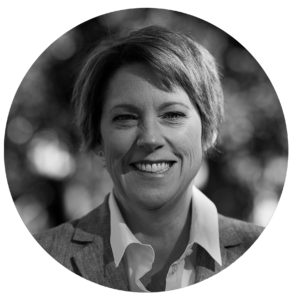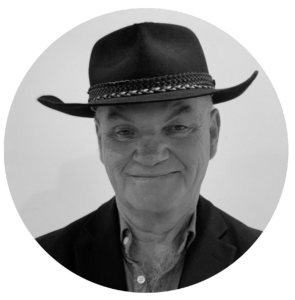
Have you ever been frustrated that a collaborative effort you are part of has gotten stuck, off track, disconnected from the real purpose of the work, hijacked by personal agendas, or not making progress or impact?
The Clarion Framework offers a way to build and hold collective action.
The last decade has seen greater understanding about the importance of and approaches to addressing complex social issues through collaboration.
Collaboration for whole of community change requires people to come together beyond organisational, sectoral, and cultural boundaries for a shared social purpose that cannot achieved without many voices and perspectives, or by individual actors or organisations.
When aligning efforts towards whole of community change, governance needs to be fit for purpose to hold the ‘collective’ efforts of people working together.
Yet when governance sits across these boundaries, it can be challenging to negotiate ways to work together for a shared purpose.
Through our practical experience, we have found that for these efforts to be successful and sustainable, the governance holding this work needs to be built and held collectively, in ways that reflect the place, the people, and the purpose of the shared efforts.
We have learned that by stepping into our authority(permission) we can do things differently together (practice)and build the right structures and processes to channel our power and thinking for a shared outcome.
When it comes to how governance of collective action is held, we have discovered common challenges and opportunities including:
- Supporting people to work together in ways that move beyond organisational agendas, to align behind a shared purpose.
- Building on community strengths and aspirations and harnessing the collective power of community, so that efforts and change are genuinely community led.
- Holding collective governance and organisational/fiduciary governance together, across organisational, sectoral, and cultural boundaries.
- Grounding governance in community, context, culture, and purpose to build a genuine movement for social change.
- Working out the next steps to evolve governance and make progress.
The Clarion Framework offers a way to address these, and other, challenges by holding governance and the work itself in a shared context.
The Clarion Framework anchors the governance of collaborative efforts in the place, the people, the purpose, permission to act (authority) and shared practice. The 5 Ps are:
People: Collective action is founded with and through people and their connections with each other, the shared aspiration, and the place where change occurs.
Place: This is about the story of this place, how things are done ‘around here’, the history, relationships, aspirations, culture and ways of being and doing, and more.
Permission: Legitimacy to act for change in a place, is granted by the people who’s place it is, not from positional power. This legitimacy provides permission, or authority, for people and action.
Purpose: A shared social purpose and a drive build collective action to achieve it is built continuously throughout the work
together, with people, in place with permission to act.
Practice and Principles: Shared and agreed principles and practices provide a constant framework to bring people together. They reflect how people have agreed to work together to achieve their shared purpose, and guide how we define and build action.
By sitting deeply in discovery and diagnosis against each of these ‘5Ps’ significant insights can be gained about what is needed to hold governance for now and what is being worked towards. This discovery and understanding informs decisions about mindsets needed to hold different roles across the work, how power is and needs to be held, and how this informs structures and processes.
Mindset: A mindset is a series of self-perceptions or beliefs people hold about themselves which determine behaviour, outlook and mental attitude. In applying the ClarionFramework, we explore how to work explicitly with different ways of thinking, beliefs, biases and assumptions when working collectively for change.
Power: In this context, power is about understanding and using the formal and informal power across the collective inservice of shared purpose, rather than individual or organisational gains. In applying the framework, we explore how to be explicit about power and how to use if for collective decision making, advocacy and influence.
Structures: Structures are the roles and functions needed to hold the work across the initiative, and how they relate to each other to deliver the on the shared purpose. The framework helps us to explore what structures are needed for now and what may be needed for later.
Processes: Processes are the actions needed to hold the governance of the initiative in ways that are transparent and aligned.
The framework helps us to understand and build processes that support collective decision making an action.
We hope the Clarion Framework has sparked your interest in collective governance and how this can be held. And we would love to hear your thoughts and questions about the Clarion Framework.




